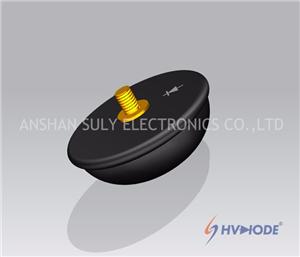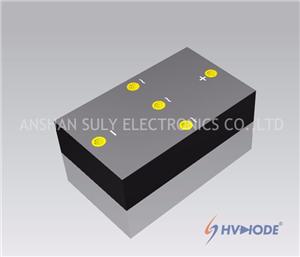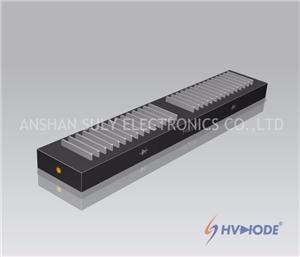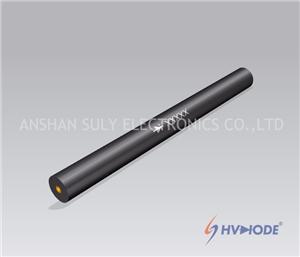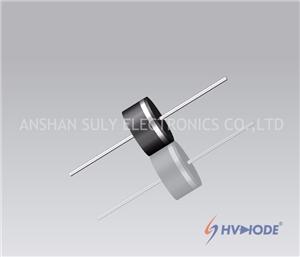- Home
- >
- News
- >
- Industry News
- >
- The Detection of High Voltage Diode
The Detection of High Voltage Diode
The detection of high voltage diode is a semiconductor device composed of PN structure, which has the characteristic of unidirectional conduction. By testing the positive and negative resistances with a multimeter, the diode electrodes can be identified and the diode damage can be estimated.
1. The polarity of the multimeter in R x 100 or R x 1k gear, the two multimeter pens connected to the two electrodes of diode, measured a result, adjust the two multimeter pens, and then measured a result. In the results of the two measurements, the resistance value measured in one test was larger (reverse resistance), and the resistance value measured in one test was smaller (forward resistance).In a measurement with smaller resistance, the black pen is connected to the positive pole of the diode, and the red pen is connected to the negative pole of the diode.
2. Single negative conductivity detection and stand or fall judgment. Usually, for germanium diodes, about 1 k Ω positive resistance and reverse resistance value to around 300.Silicon diode resistance is about 5 k Ω, reverse resistance value is ∞ (infinite).The smaller the forward resistance, the better; the larger the reverse resistance, the better. The greater difference between the positive and negative resistance values, the better the unidirectional conductivity of the diode. If the positive and negative resistance values of the diode are close to 0 or the resistance values are small, it indicates that the diode has been broken down, short-circuit or leakage damage. If the positive and negative resistance values of the diode are infinite, the diode has been broken.
3. Detection of reverse breakdown voltage diode reverse breakdown voltage (withstand voltage value) can be measured by transistor dc parameter test meter. The method is: when measuring the diode, the "NPN/PNP" selection key of the test table should be set to the NPN state, then the positive pole of the diode under test is connected to the "C" patchhole of the test table, and the negative pole is inserted into the "e" patchhole of the test table, then press the "V (BR)" key, the test table can indicate the reverse breakdown voltage value of the diode. The reverse breakdown voltage of the diode also can be measured by megohm meter and multimeter. When measuring, the negative pole of the diode under test is connected with the positive pole of the megohm meter. The positive pole of the diode is connected with the negative pole of the megohm meter. Shake the handle of the megger (it should be accelerated gradually from slow), and when the voltage at both ends of the diode is stable and no longer rises, this voltage value is the reverse breakdown voltage of the diode.


